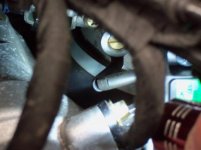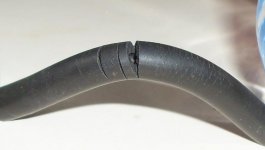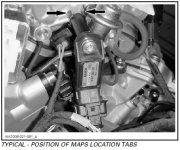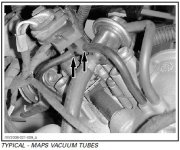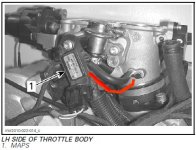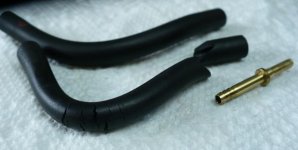farmerjim
New member
Just brought the bike out for the first time after a long winter's nap. She's been on a battery tender all winter and has been started and ran (though not on the road) several times. She started up great and after a short time the RPM's leveled out, then down the road. Got about a mile when the check engine light comes on and Limp mode then she died. Started back up ok, still a little rough, then back to my shop. Check codes and got P2279 and P0106. I'm not sure where to start looking. By the way, she's a 2012 RT A&C with 6,000 miles if that helps. Please help!!! :bowdown:
Farmer Jim
Feeling Nervous
Farmer Jim
Feeling Nervous

